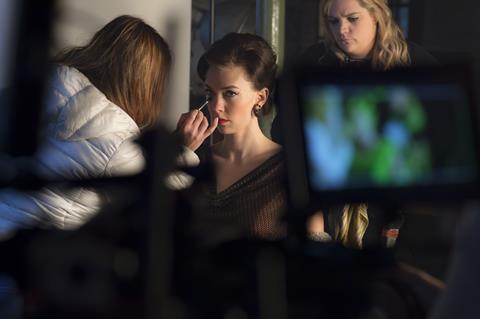Entertainment - Media News Watch originally published at Entertainment - Media News Watch
The UK industry is breathing a cautious sigh of relief as the draft legislation of the reforms to the audio-visual creative tax reliefs published by the UK government on July 18 contained no surprises, according to accountants and sources at the British Film Institute (BFI) which administrates the relief.
The impact of the audio-visual expenditure credit (AVEC) for film and high-end TV and video games expenditure credit (VGEC) system will mostly be felt by accountants, according to Dave Morrison, an accountant and tax specialist at Nyman Libson Paul specialising in film.
“For the accountants making the claims, there are procedural changes that we will need to embrace and train our staff to do but other than that it is as expected,” Morrison explained. An expenditure credit will be treated as a tax receipt.
As anticipated, the credit rate will be 34% for films, high-end television and video games (equivalent to 25,5% in actual relief). This is a slight rise compared to existing schemes. Animation and children’s television will receive a 39% rate. The government has confirmed, however, that anti-abuse regulations will be introduced in order to protect the new credit regimes. These rules are designed to prevent abuses of the higher rates for animation and children’s TV. It is not clear whether other countries that offer similar film tax breaks to the UK’s will also make the same changes to their systems.
Timetable
AVEC is due to be phased in at the start of 2024 but productions will still be able to claim relief under the current system until early 2027. The transition should be smooth, although those in animation and children’s television will have an incentive to switch to the new system sooner to take advantage of enhanced rates. The qualifying expenditure will continue to be calculated cumulatively. This will be taxable. This will be taxable.
AVEC will also introduce a new minimum slot length for high-end TV programmes of 20 minutes, on an episode-by-episode basis, and a definition for documentary programmes.
Qualifying expenditure for both AVEC and VGEC will be the same as the definition used in the current film and TV reliefs — expenditure that is ‘used or consumed in the UK’. The subcontracting limit that was in place for VGTR is being removed for VGEC.
AVEC will start on January 1, 2020. Film and TV productions which have started but not completed principal photography can still claim relief under the existing system until March 31st, 2027.
Entertainment - Media News Watch originally published at Entertainment - Media News Watch



